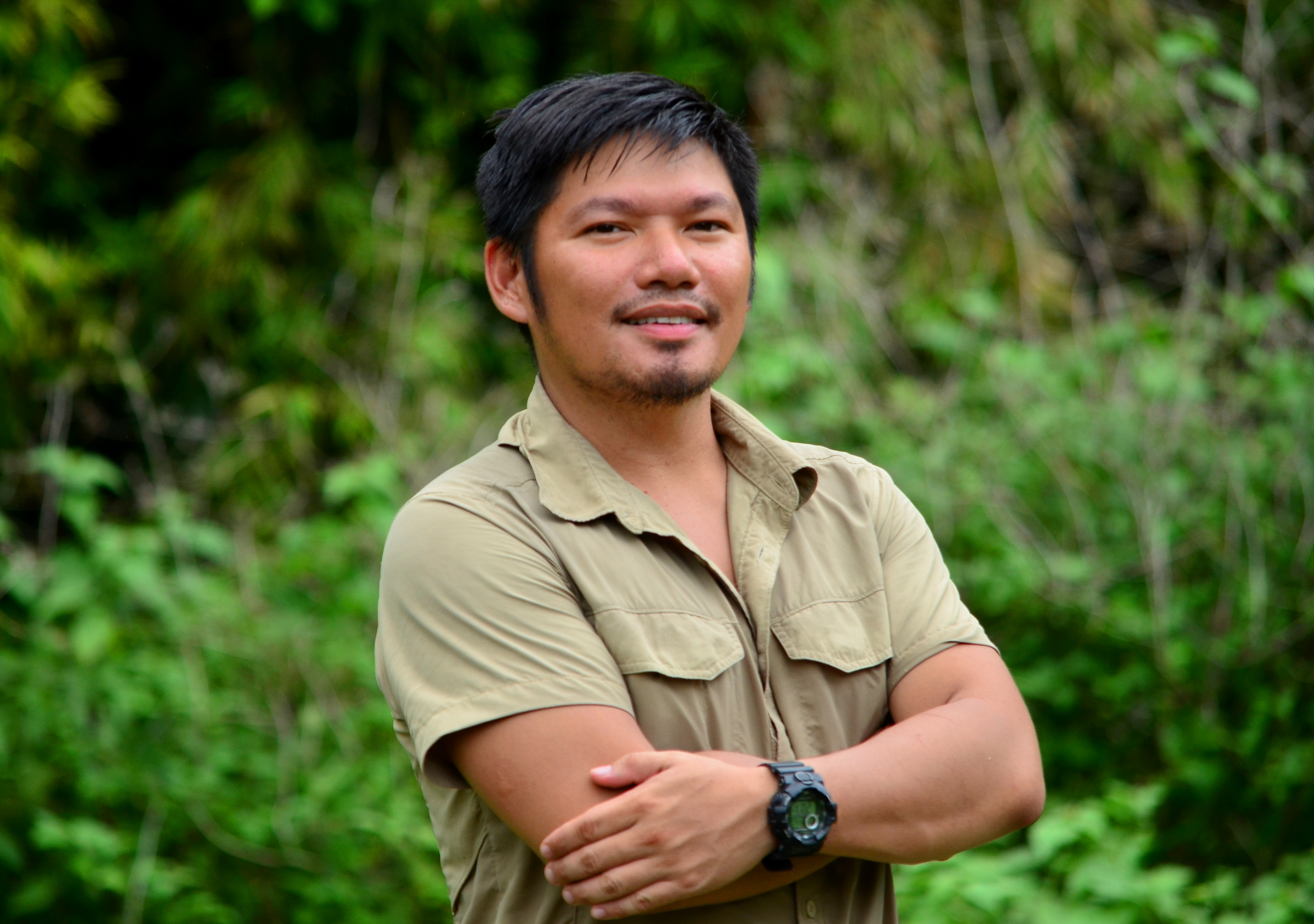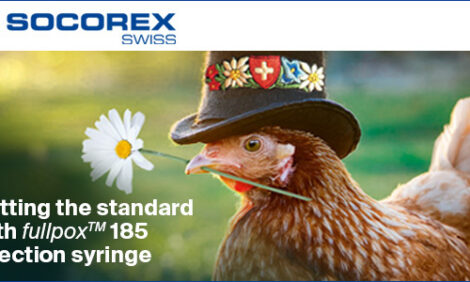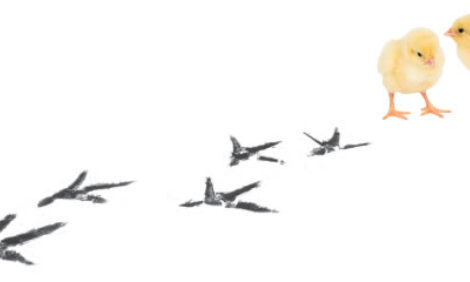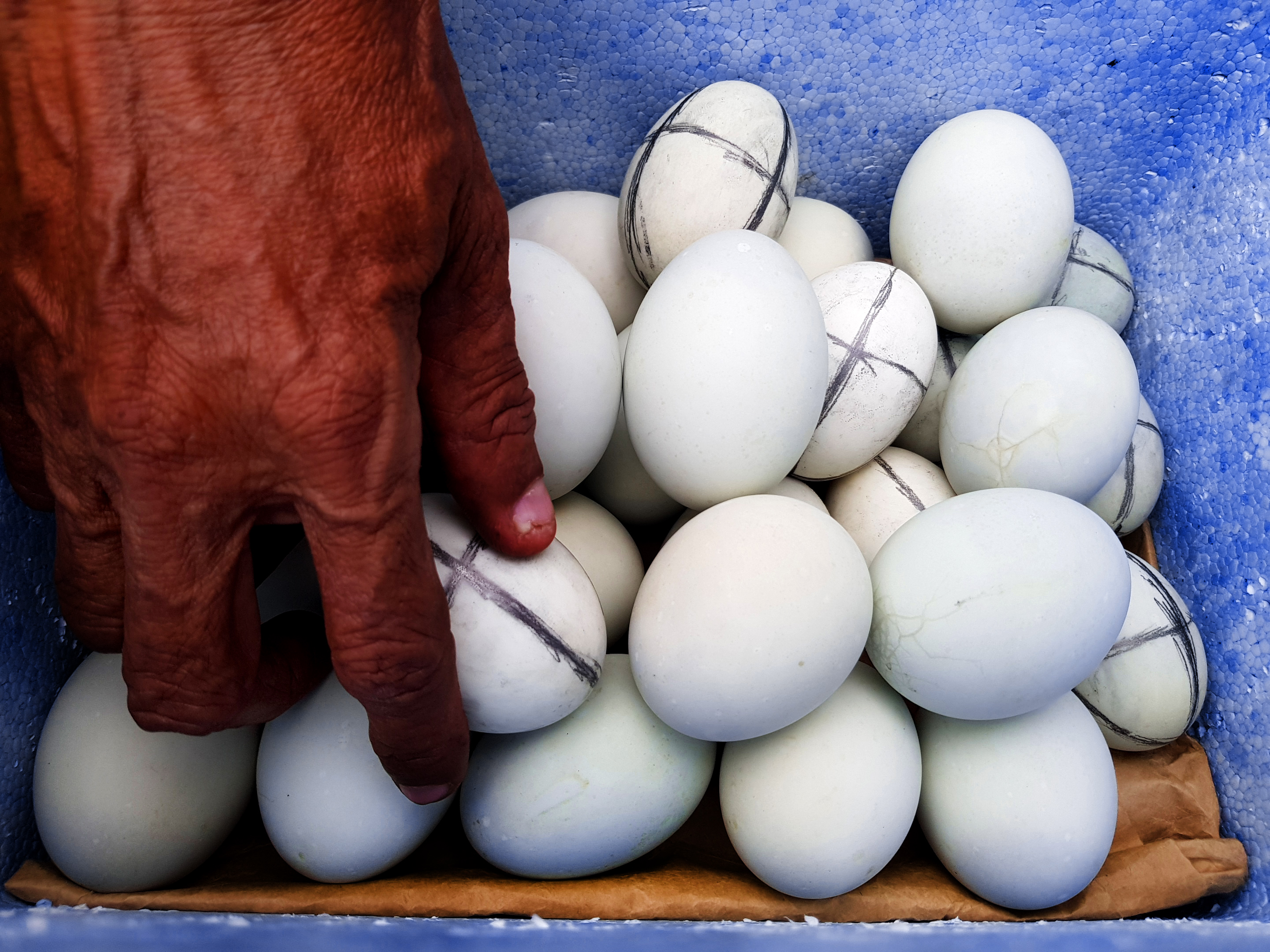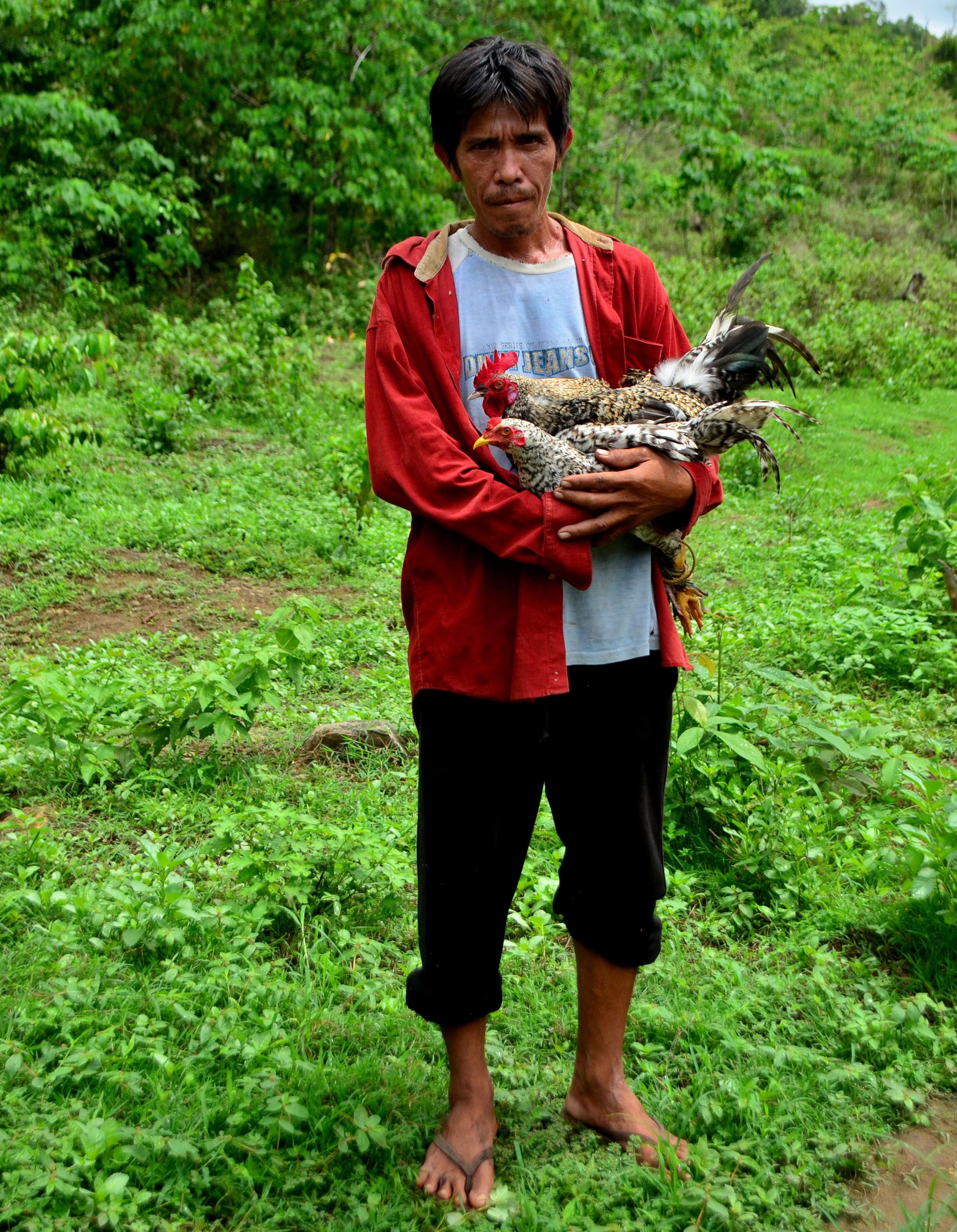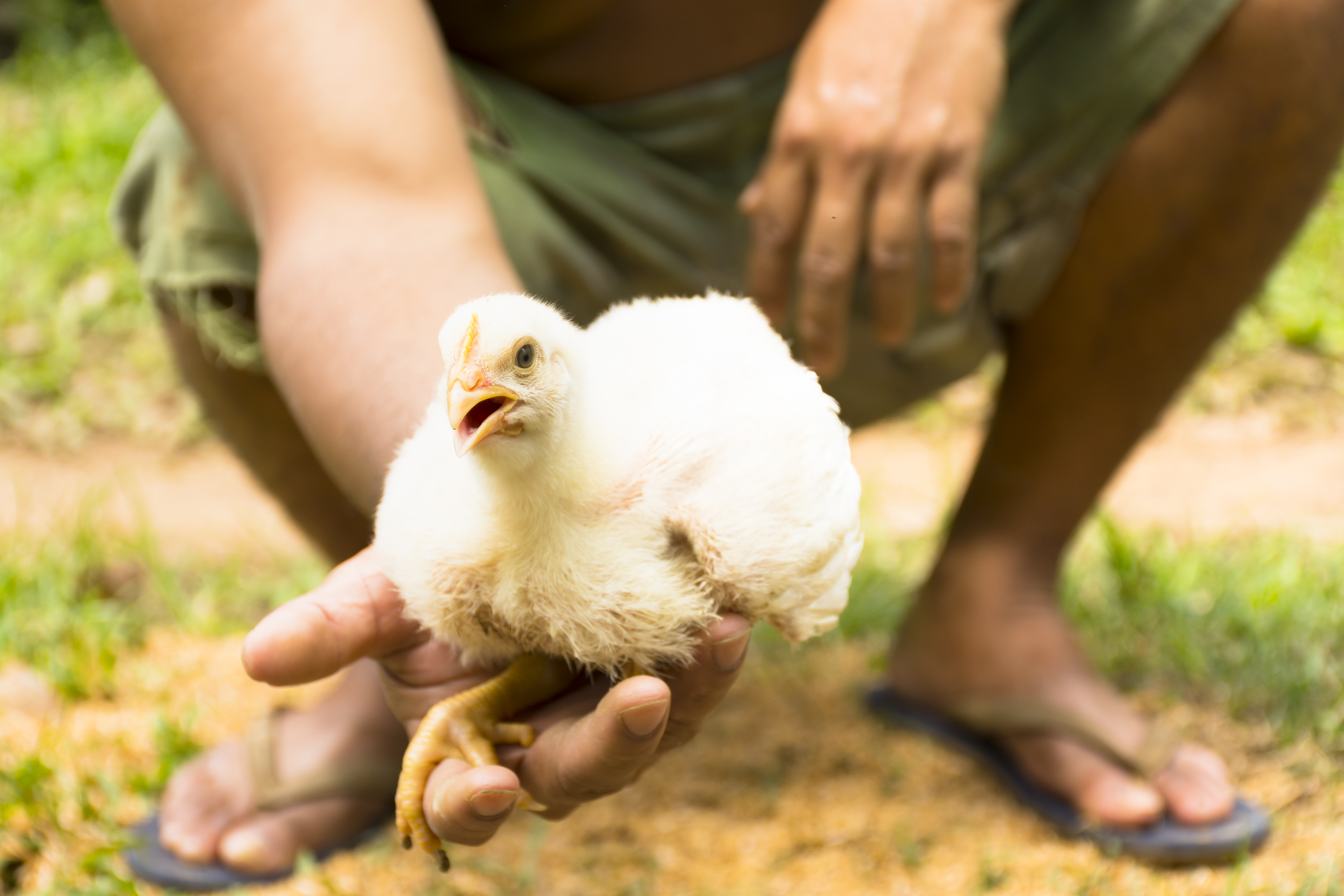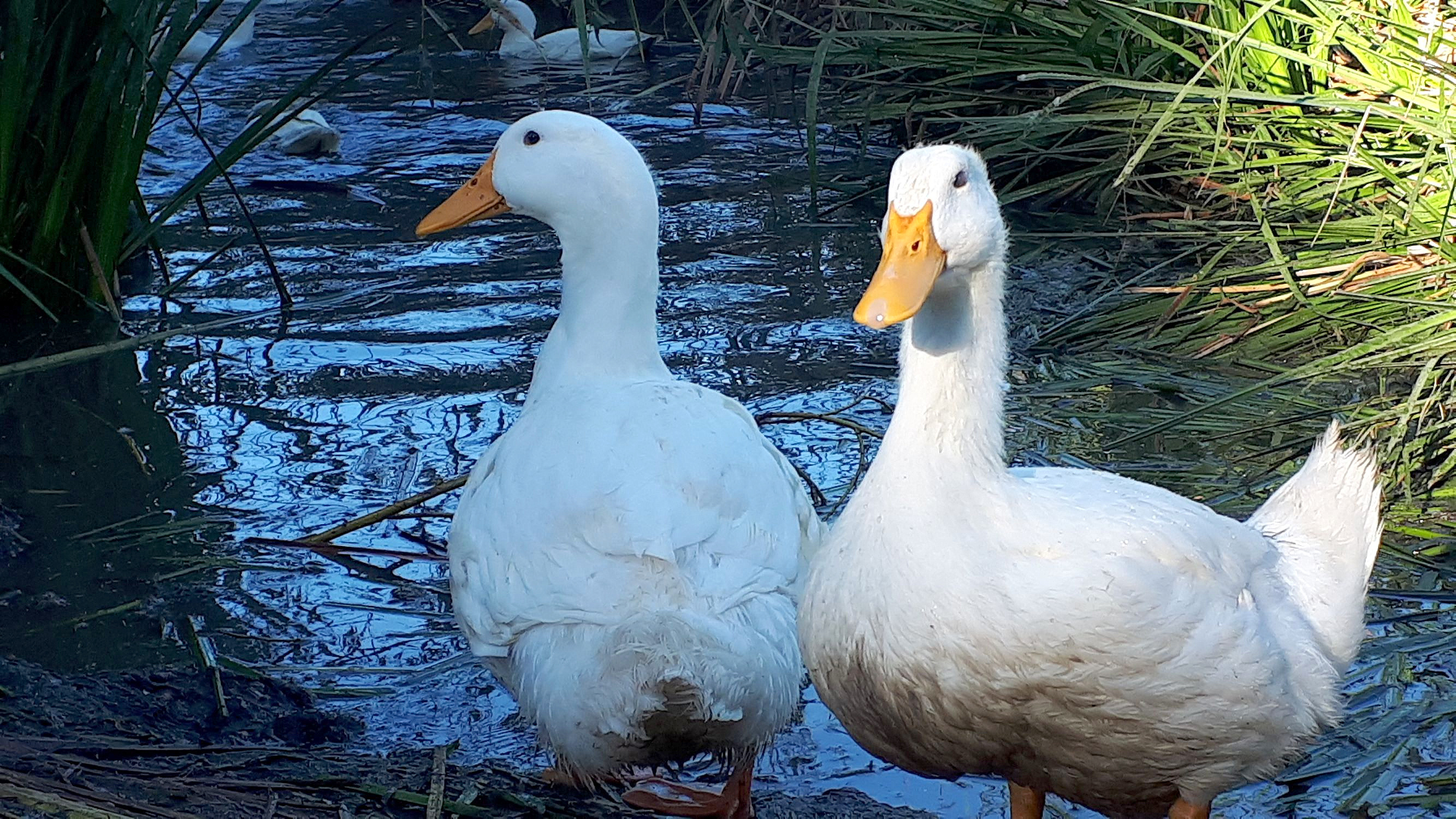



Why free-range is booming in the Philippines
Driven by rising demand from health- and eco-conscious consumers, free-range chicken farmers are gaining momentum in the Philippines.Though the majority of Philippine chickens are still produced in factory farms, a growing group of Filipino farmers raising organic and free-range chickens is making serious headway.
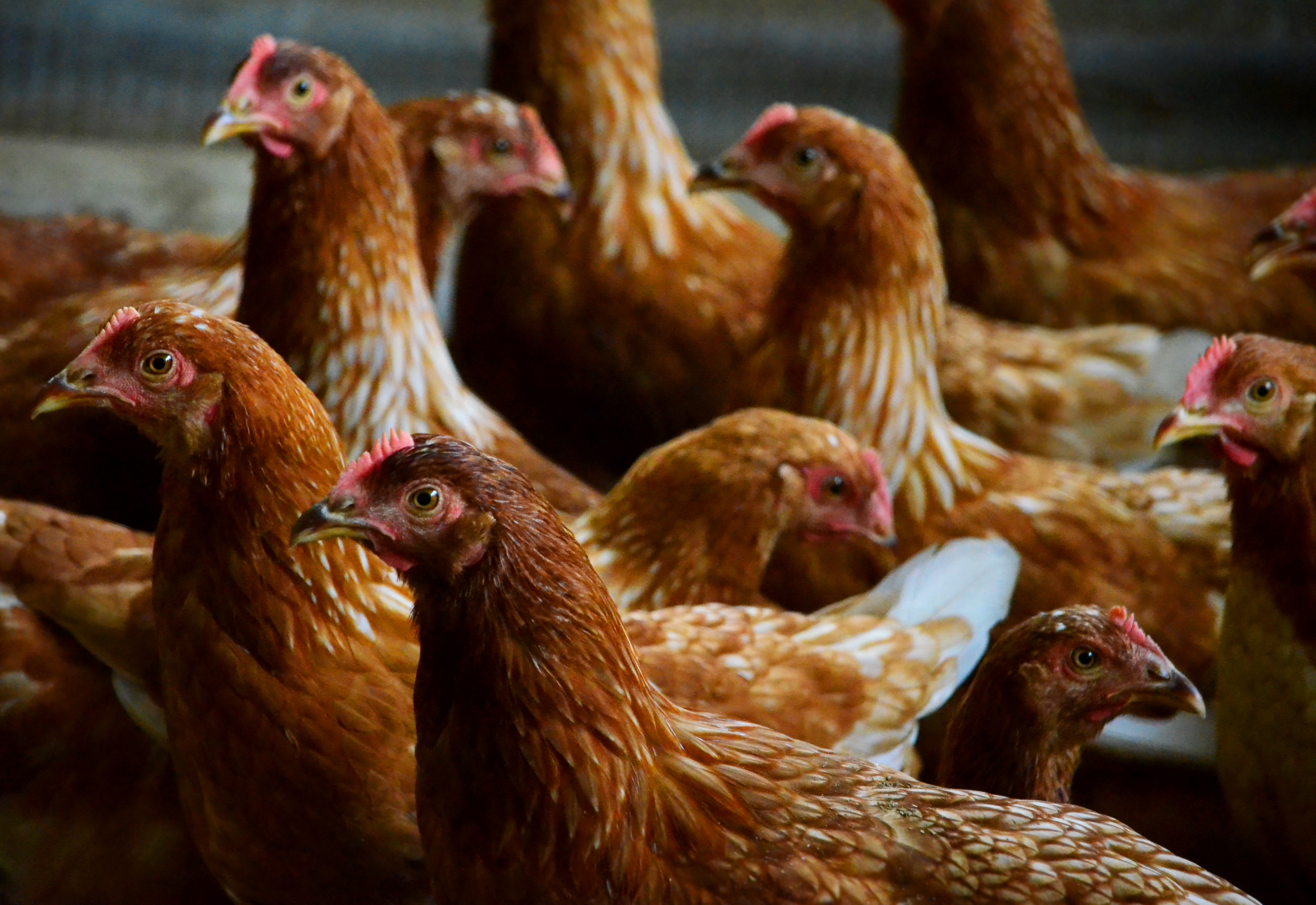
© Gregg Yan
“I was working in the IT industry when I sat through a workshop by Robert Kiyosaki of Rich Dad, Poor Dad fame. He told us to find a ‘blue ocean’, a market with very little competition, as opposed to a ‘red ocean’, a bloody market flooded with competitors,” explains Emerson Siscar, proprietor of Batangas Free Range Chicken, which has become a go-to demo farm for organic and free-range chicken farming in Batangas, a Philippine province known for producing quality poultry, beef, coffee and traditional Filipino blades called balisong.
The IT practitioner has been keeping chickens his whole life, since breeding and selling fighting cocks (cockfighting is legal and a popular pastime in the Philippines) at a young age. “He’s like a chicken psychologist,” quips wife Cookie. “He can tell when and where a hen will lay eggs, why birds are flying out of their enclosures, why they fight and so forth. He even cried when our first batch of free-range chickens was delivered to the dressers.”
Determined to profit from his passion, Emer dove into the poultry industry in 2011, starting with about 1,000 native chickens. “I wanted to pursue organic free-range poultry farming because just a few groups were dabbling in it at the time. It was definitely a ‘blue ocean’. I also dove in with a large number of chickens to make failure too expensive. I still did fail a few times – and that’s how I learned the lessons which are keeping us afloat today.”
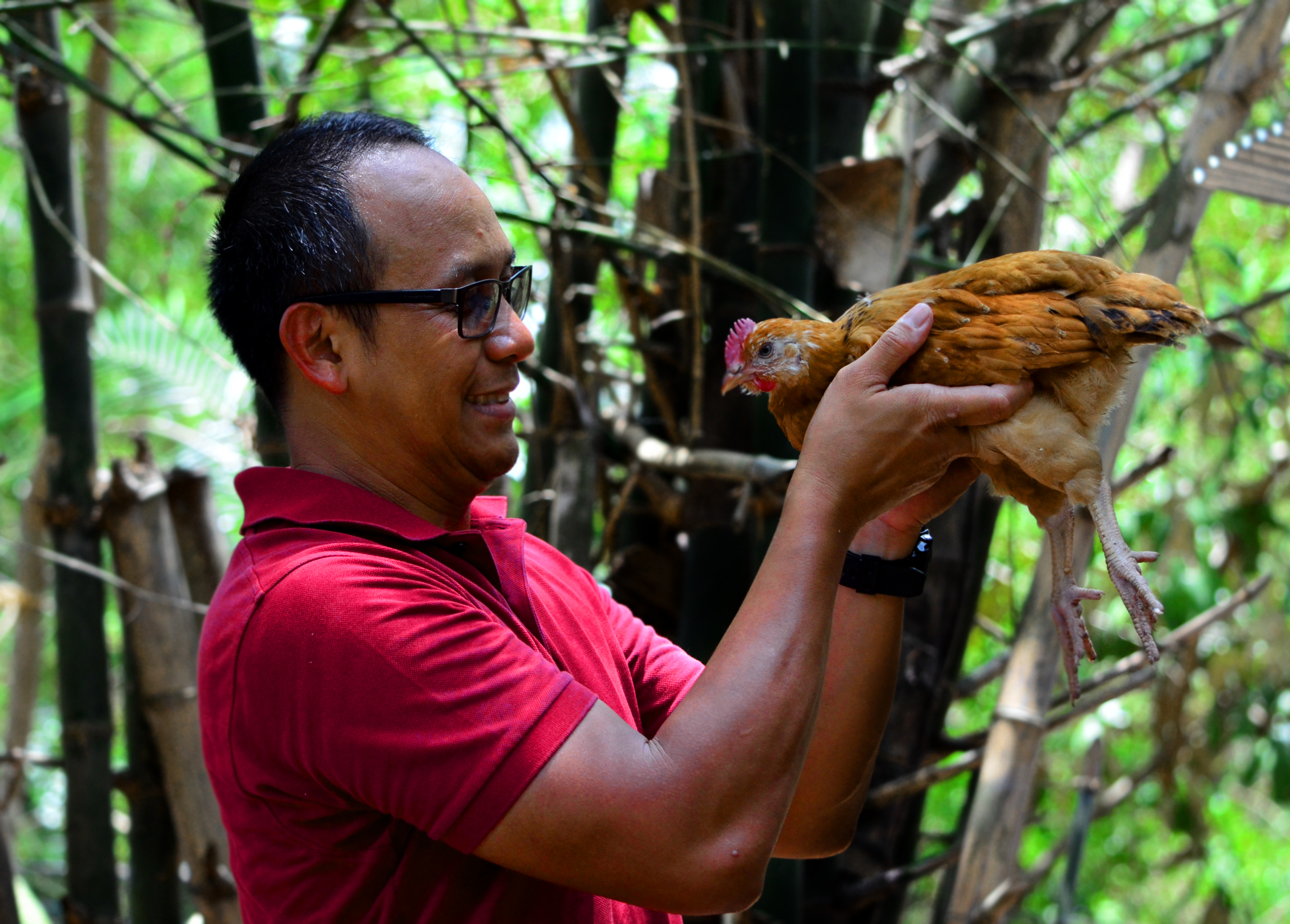
© Gregg Yan
The Philippine organic poultry movement started in the late 1990s when a few far-sighted farmers realised that the global preference and rising price for low-carbon, chemical-free and ethically raised crops and livestock would eventually penetrate the Philippine market, starting with elite clients.
Emer manages a two-hectare organic poultry farm in the hills of Santa Teresita, Batangas – a sparsely vegetated area dominated by vegetable growers. His farm is roughly divided into a dozen organic chicken and egg production plots. Eight are fenced-off areas with coops, baskets and egg cabinets for layers, while four are spacious lots with coops for broilers. The rest of the land is used to grow herbs and vegetables like corn, eggplant, bitter gourd, lemon grass, banana, papaya and azolla, a floating aquatic plant with 30 percent protein content used to augment chicken feed.
Compared to factory-farmed chickens which live in cramped, unsanitary conditions and are pumped full of antibiotics to maximise growth and profit, Philippine free-range chickens live much less stressful lives, foraging for worms or insects under the sun, fighting off their rivals and retreating to shade when the elements get a bit too rough. They fertilise the ground with their droppings, fast-tracking the nitrogen cycle and allowing new plants to root.
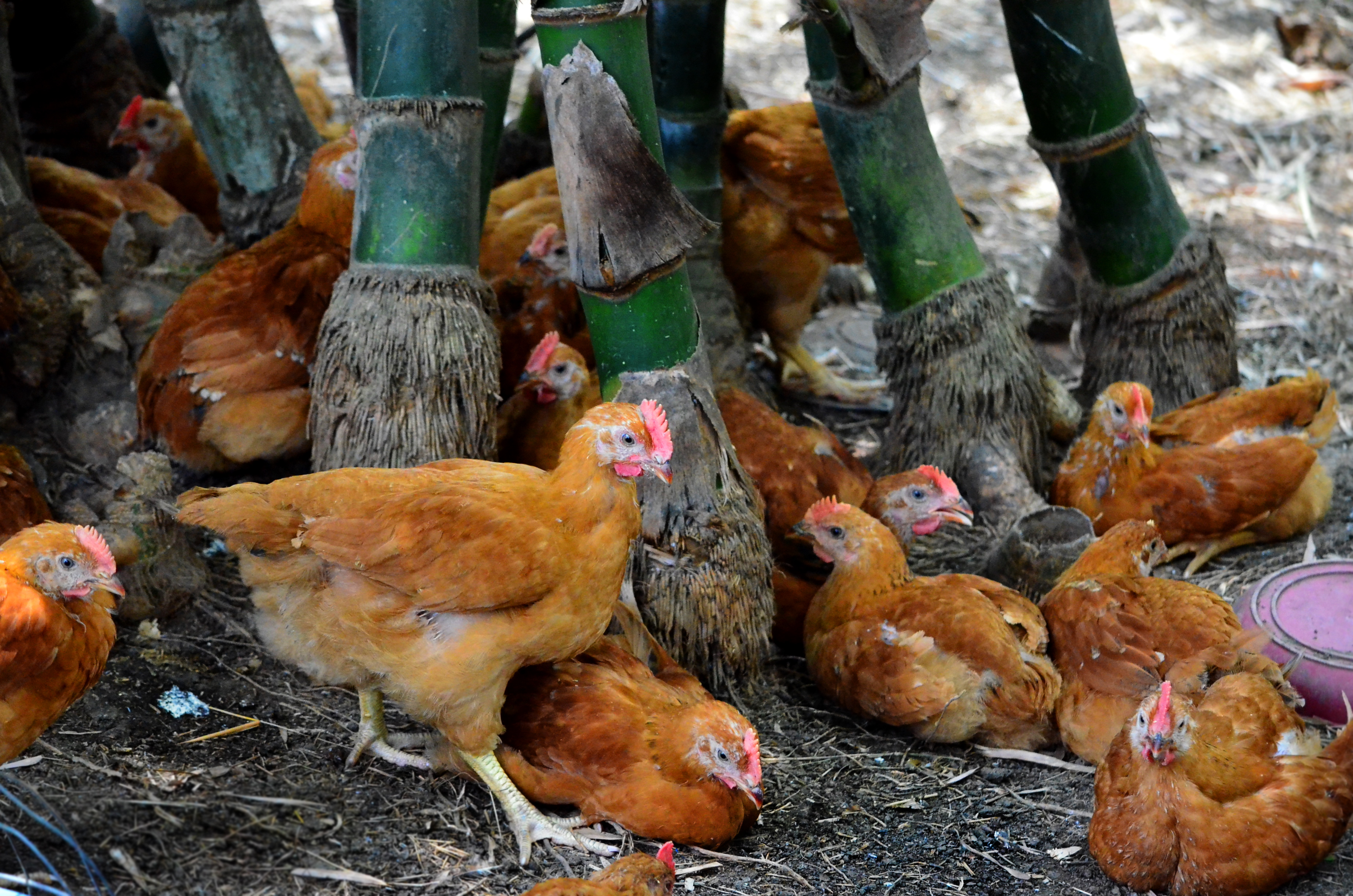
© Gregg Yan
“Organic free-range chicken meat is a premium item, but production must always comply with strict standards,” explains Emer. “Feeds can’t contain animal protein so we make a special mixture of corn, soy and vegetable pellets. We don’t use antibiotics or growth hormones, so our brown broilers take a longer time to reach a live weight of 1.5kg to 2kg – about 75 days compared to the 28-day-old chickens produced by factory farms. Still, our chickens retail for much more – up to 400 pesos or US$8 per kilogram compared with around 120 pesos or $2.5 for non-organic chicken, so the extra time, effort and love we give them pays dividends.”
Emer’s operation currently supplies organic free-range poultry meat and eggs to some of the country’s top-tier hotels and resorts, plus Healthy Options, a top-of-market grocery for green products. Not all birds make the cut, however, which is why Emer developed creative ways to sell rejected but still high-quality dressed chicken. “"I sold quite a few batches of B-quality chickens at a loss before I realised they were perfectly acceptable for lower-tier markets. Today we offer these quality dressed chickens to supermarkets. I’m even coming up with my own barbequed chicken line. To succeed in the poultry business, you have to maximise involvement in each step of the supply chain.
“The last thing we want is to waste resources and opportunities.”
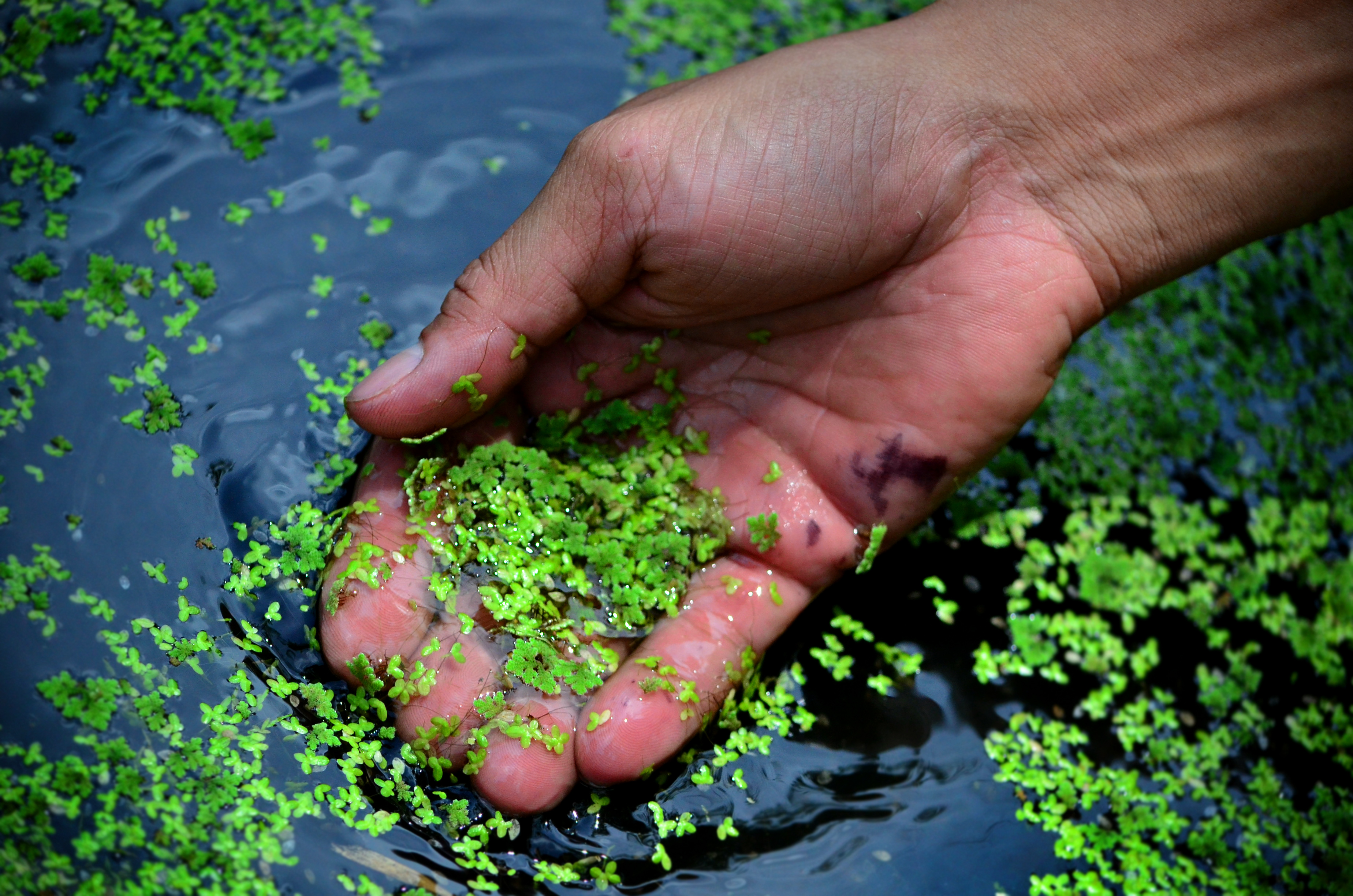
© Gregg Yan
After years of trial and error, Emer and the country’s other free-range chicken operators are enjoying the fruits of their foresight. The Philippines is seeing organic production grow by an annual rate of 10 to 20 percent with ever-growing price premiums. Some free-range organic chickens even retail for as much as 1,000 pesos or $20 per kilogram – more than double the price of quality beef.
The Philippine government, via the Department of Agriculture (DA), is also promoting free-range poultry farming through demonstrations, workshops and small grants for farmers to try their hand at producing premium fowl. Recently snagging a DA grant, Emer is empowering Santa Teresita’s farmers by employing a dozen smaller operators as contract growers to augment his own operations, teaching them the hows and whys of organic production.
“Often you have to make them unlearn practices, particularly if they’ve kept chickens before. For example, they might habitually give the chickens antibiotics as a precaution against diseases, which is a big no-no. Going organic means keeping everything as safe and natural as possible. It’s what our consumers pay for.”
The Philippine Statistics Authority estimates that as of April 2019, native chicken breeds like the Ulikba, Banaba and Darag constitute about 45 percent, or 82.84 million, of the 184.88 million chickens in the country. Native or island-born chickens are usually hardier and more resistant to both diseases and fluctuating climatic conditions. Both native chickens and imported breeds grown the ‘natural way’ may very well take a larger share out of the groceries and palengkes, or wet markets, of the Philippines.
“The key is creativity,” concludes Emer. “We’re already doing well with our brown chickens. We’ll now dabble with native black Ulikba chickens, popular in Chinese restaurants. We’re developing our own feeds. Plus the barbecue line. Since that workshop with Mr Kiyosaki, I’ve found that the best way to really thrive is to innovate. By doing so, we’ll always sail smooth in a blue ocean.”







